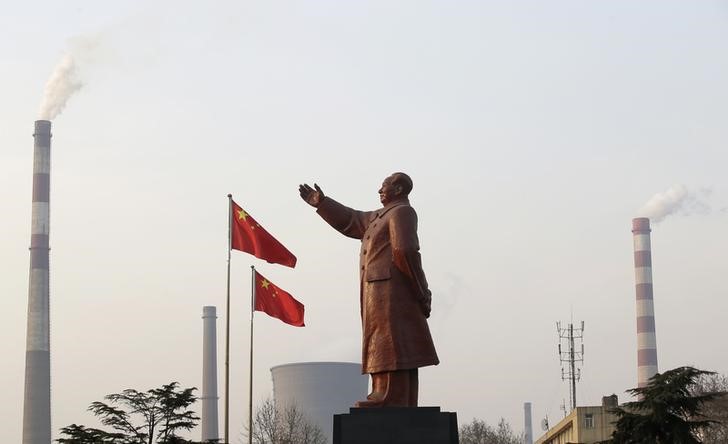By Ambar Warrick
Investing.com -- Chinese business activity grew more than expected in February, rising past pre-COVID levels as an economic recovery in the country gained momentum after the relaxing of most anti-COVID restrictions this year.
The manufacturing Purchasing Managers’ Index (PMI) rose 52.6 in February, data from the National Bureau of Statistics showed on Wednesday. The figure was higher than expectations for a reading of 50.5, and January’s figure of 50.1.
China’s non-manufacturing PMI fared far better, rising 56.3 in February - more than expectations for growth of 55.0, and well above than the prior month’s reading of 54.4. Strength in both manufacturing and non-manufacturing activity saw China’s composite PMI jump 56.4 in February - its fastest pace in over three years.
The stronger-than-expected data cement an ongoing economic recovery in the world’s second-largest economy, after it scaled back its strict zero-COVID policy earlier this year.
Wednesday’s reading shows that China’s manufacturing sector - which is seen as a bellwether for the economy - is ramping up production after contracting sharply through 2022. But the sector still has to cope with slowing overseas demand for Chinese goods, as global economic growth cools.
A separate, private survey also showed that China’s manufacturing sector rebounded in February. The Caixin Manufacturing PMI read 51.6 for the month, more than expectations of 50.2 and well above the 49.2 seen in January.
The survey, which focuses on smaller, private industries, indicates that a manufacturing recovery was broad-based in February.
“Both manufacturing supply and demand expanded last month, as production gradually returned to normal while both domestic and external demand improved after a COVID policy shift," Wang Zhe, Senior Economist at Caixin Insight Group said in a note.
The non-manufacturing sector was boosted by pent-up demand for services after three years of zero-COVID. The recent lifting of COVID restrictions spurred a sharp recovery in travel, restaurant, and other recreational activities.
A series of intermittent lockdowns had driven business activity to historic lows in 2022, as local businesses struggled to cope with government restrictions.
Increased government spending also helped facilitate a recovery in activity, with the government recently reiterating that it plans to continue rolling out more stimulus measures. The People’s Bank of China has also held lending rates at record-low levels to help increase local liquidity.
Beijing had loosened funding laws for the country’s beleaguered property sector, and had also announced plans for more infrastructure projects as it moved to shore up growth.
